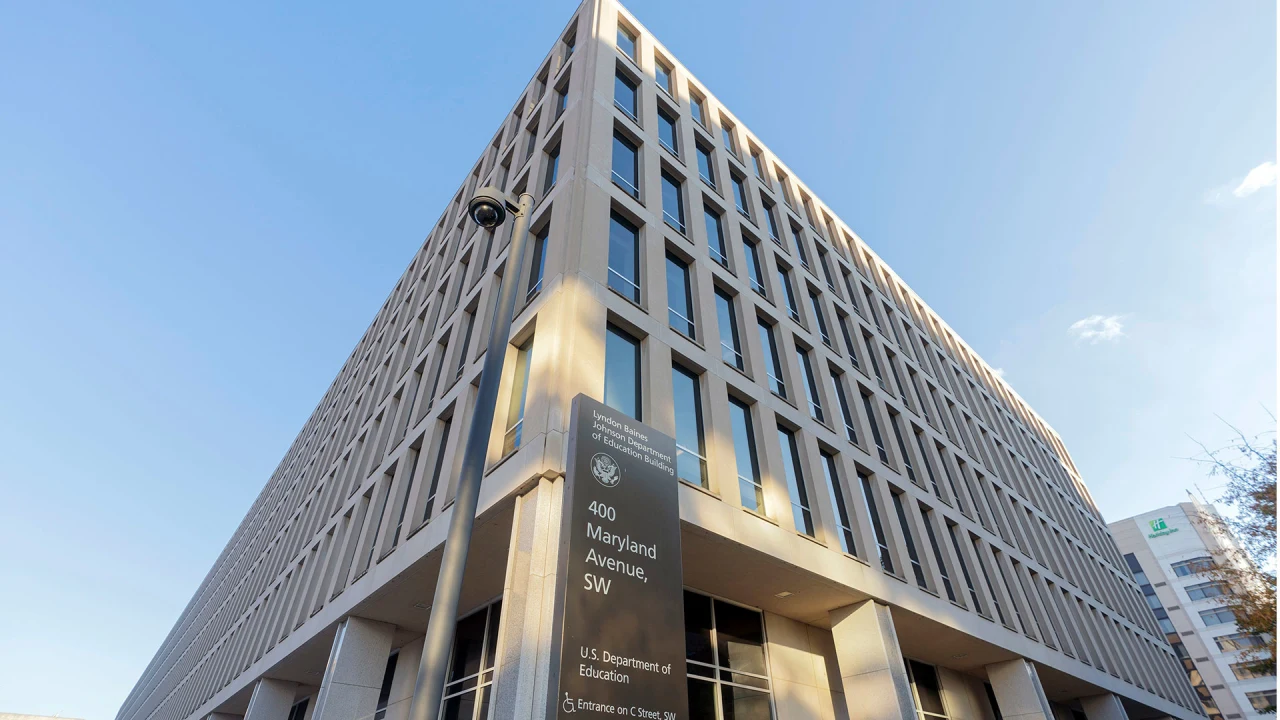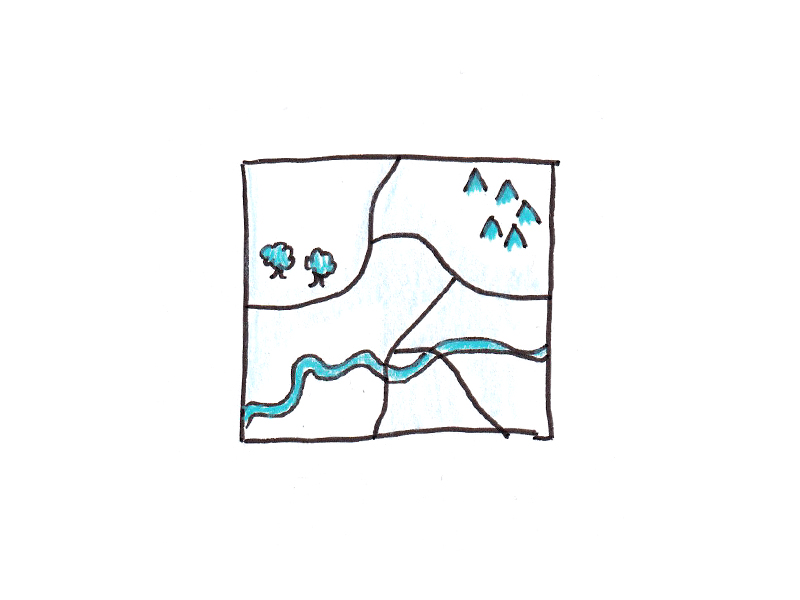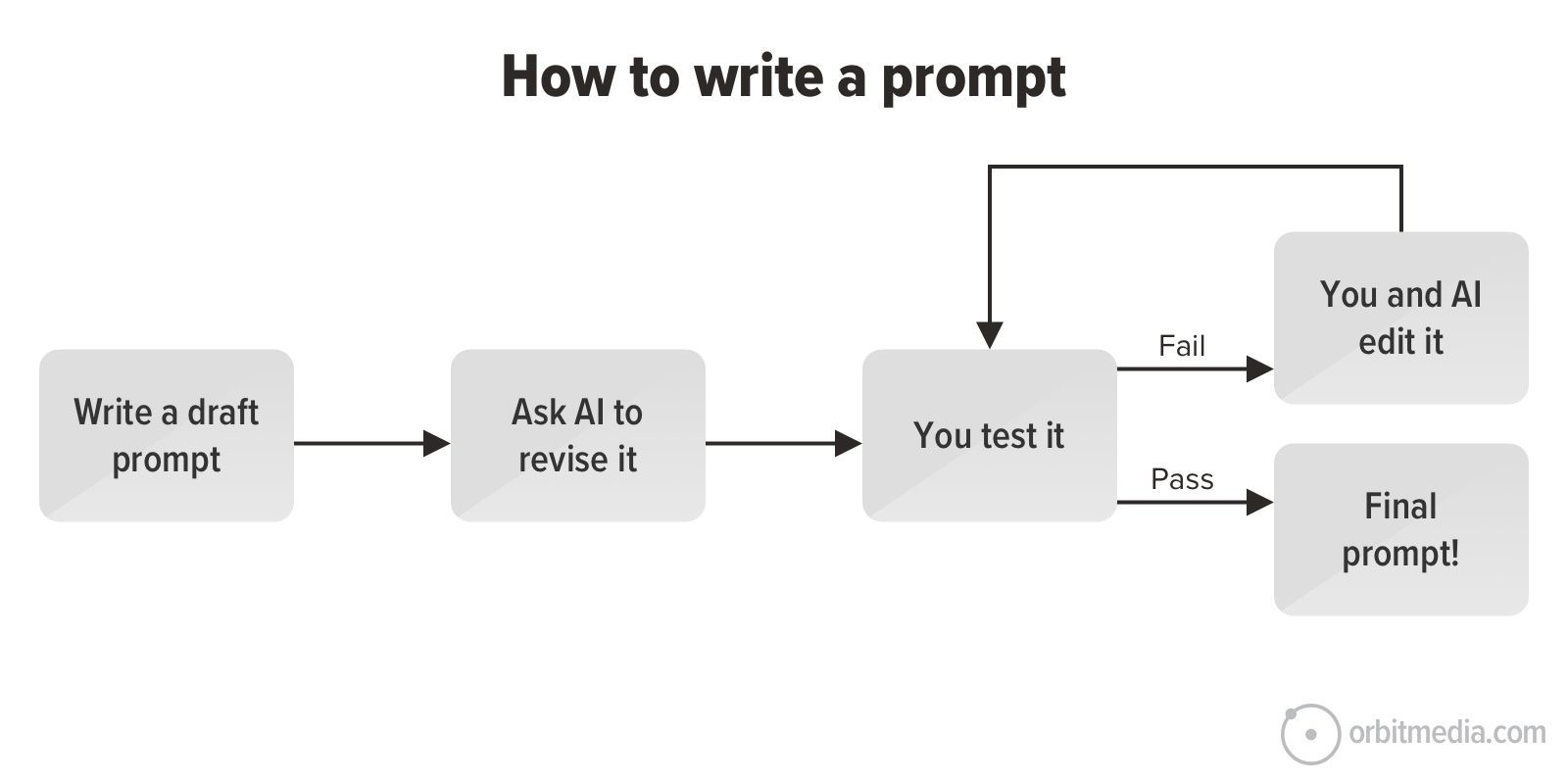A Comprehensive Guide to Fire Restoration
Learn how fire damage restoration works in Galveston, TX. Step-by-step guide to cleanup, repair & recovery after a fire.
Experiencing a fire in your home or business is one of the most traumatic events a property owner can face. Beyond the immediate danger to life and safety, the aftermath often leaves behind devastating damage—from charred structures and smoke residue to lingering odors and compromised electrical systems. That’s where Fire Damage Restoration comes in—a step-by-step process designed to return your space to a safe, livable condition.
If you're in Galveston, TX, where the climate can intensify the effects of smoke and water damage, it's especially important to act quickly and understand what fire restoration entails. This guide breaks down everything you need to know to recover from fire damage with clarity and confidence.
What Is Fire Damage Restoration?
Fire Damage Restoration refers to the comprehensive process of cleaning, repairing, and restoring a building after it has suffered fire and smoke damage. It involves more than just removing burnt debris; it includes odor elimination, soot cleanup, structural repair, and even water removal from firefighting efforts.
A typical restoration project includes:
-
Safety assessment and structural inspection
-
Water extraction and drying (from fire suppression)
-
Smoke and soot removal
-
Cleaning and sanitization
-
Repairs and full reconstruction (if needed)
-
Odor control and air purification
Working with certified restoration professionals ensures your property is brought back up to safety codes and livable conditions, while also reducing long-term risks like mold, corrosion, and respiratory hazards.
Fire Damage Challenges in Galveston, TX
In a coastal city like Galveston, TX, fire damage can be compounded by humidity, salt air, and older building materials common in historic homes. Here's why it's crucial to act quickly:
-
High humidity can accelerate mold growth after water is used to extinguish the fire.
-
Salt air can corrode metal structures and wiring after fire exposure.
-
Older homes may contain hazardous materials like lead paint or asbestos, which require specialized handling during cleanup.
Local restoration companies familiar with Galveston's environment will be better equipped to handle these specific challenges.
The Fire Damage Restoration Process: Step by Step
1. Emergency Response & Inspection
Once the fire is extinguished and the area is safe to enter, professionals assess the extent of damage. They check for structural hazards, electrical issues, and the spread of smoke and soot.
2. Water Removal & Drying
Water used during firefighting must be removed immediately to prevent mold and secondary water damage. Industrial pumps and dehumidifiers are used to dry affected areas thoroughly.
3. Smoke and Soot Cleanup
Soot can cover walls, ceilings, and HVAC systems, while smoke can seep into porous materials. Restoration crews use HEPA vacuums, chemical sponges, and specialized cleaners to remove contaminants.
4. Sanitization & Odor Elimination
Using ozone generators, thermal fogging, or hydroxyl treatments, professionals eliminate smoke odors. Surfaces are disinfected to ensure a safe environment.
5. Repairs & Reconstruction
Depending on the severity, this can include replacing drywall, flooring, cabinetry, roofing, and even structural rebuilding. The goal is to restore the space to its original—or improved—condition.
Why You Shouldn’t DIY Fire Restoration
While it may be tempting to start cleaning up right away, fire restoration is complex and dangerous if handled improperly. Risks include:
-
Toxic exposure to soot, smoke residue, and fire-suppression chemicals
-
Structural collapse from hidden fire damage
-
Electrical hazards from compromised wiring
-
Improper cleaning, which can make odors and stains permanent
Hiring certified fire restoration experts ensures the work is done safely, thoroughly, and according to building codes and health regulations.
Working With Insurance After a Fire
One of the most stressful parts of recovery is handling your insurance claim. Most Fire Damage Restoration companies will assist you in:
-
Documenting damage (photos, videos, and item lists)
-
Providing detailed repair estimates
-
Communicating directly with your insurance adjuster
-
Ensuring all damage is accounted for in your claim
Make sure to contact your insurance provider as soon as possible after the fire, and avoid discarding anything until it’s been documented.
Conclusion
Recovering from a fire is never easy, but understanding the Fire Damage Restoration process can make it more manageable. From immediate emergency services to long-term reconstruction, the right team will not only restore your property—but also your peace of mind.
In Galveston, TX, where environmental conditions can complicate the process, working with experienced, local professionals can make all the difference. Don’t delay—every hour counts when it comes to protecting your property from further damage.
Frequently Asked Questions (FAQs)
1. How long does fire damage restoration take?
It depends on the extent of the damage. Minor cases may take a few days, while major restorations can last several weeks.
2. Is smoke damage dangerous?
Yes. Smoke and soot contain toxins that can cause respiratory problems and damage to furniture, electronics, and other items.
3. What should I do immediately after a fire?
Ensure safety first, contact emergency services, notify your insurance, and call a fire damage restoration company immediately.
4. Can I stay in my home during the restoration process?
This depends on the severity of the damage. For health and safety reasons, you may need to relocate temporarily.
5. Will my insurance cover the entire cost of fire restoration?
Most homeowners' insurance policies cover fire damage, but coverage varies. It’s best to review your policy and consult with your provider.








































































































![Building A Digital PR Strategy: 10 Essential Steps for Beginners [With Examples]](https://buzzsumo.com/wp-content/uploads/2023/09/Building-A-Digital-PR-Strategy-10-Essential-Steps-for-Beginners-With-Examples-bblog-masthead.jpg)














![How to Use GA4 to Track Social Media Traffic: 6 Questions, Answers and Insights [VIDEO]](https://www.orbitmedia.com/wp-content/uploads/2023/06/ab-testing.png)







![Technical Sourcer [United Kingdom] at Olo](
https://nodesk.co/remote-companies/assets/logos/olo.e9c56827507b669046f71750846f8032542be84192a2248413f8421b2e5a2769.jpg
)

























